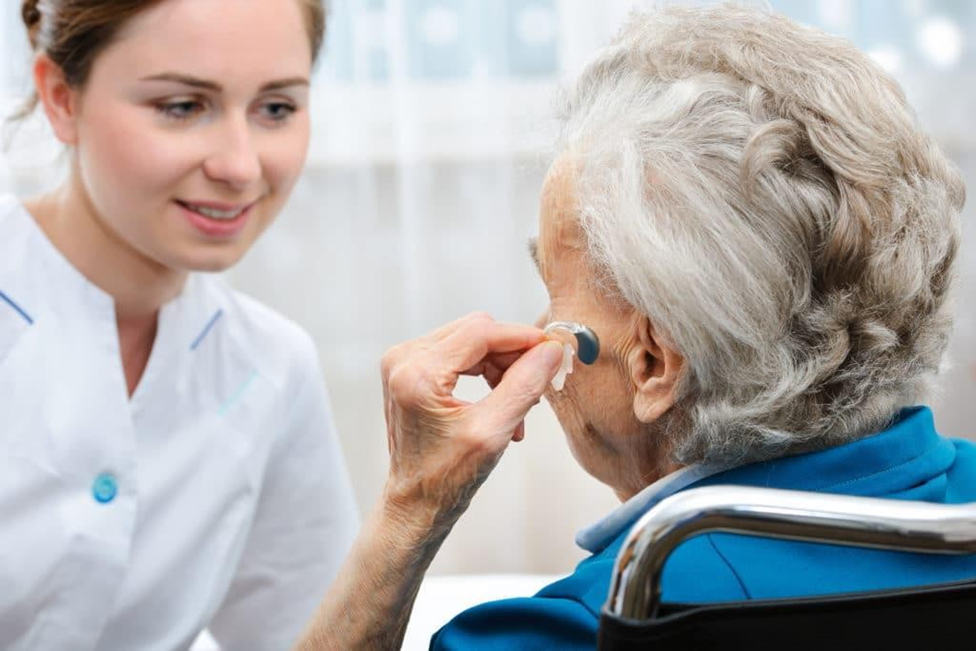br>History and Physical
BP 100/60 mm Hg Pulse 52/min
Respiratory rate 20/min
Temperature 37.2" C (99.0° F)
A nurse is caring for an adolescent who is receiving treatment for heart failure. Based on the
client's chart findings, which of the following actions should the nurse plan to take? (Click on the "Exhibit" button for additional information about the client. There are three tabs that contain separate categories of data.)
Administer furosemide.
Withhold digoxin.
Withhold spironolactone.
Administer ferrous sulfate.
The Correct Answer is B
A. Administering furosemide may also be appropriate for managing heart failure symptoms, but the priority action based on the client's condition is to withhold digoxin.
B. The client's vital signs indicate bradycardia (pulse 52/min), which is a common adverse effect of digoxin, especially in the setting of heart failure. Withholding digoxin is necessary to prevent further exacerbation of bradycardia and potential toxicity.
C. Withholding spironolactone may be considered if there are concerns about electrolyte imbalances, but it is not the priority action in this scenario.
D. Administering ferrous sulfate is not indicated based on the client's chart findings; there is no indication of anemia or iron deficiency.
Nursing Test Bank
Naxlex Comprehensive Predictor Exams
Related Questions
Correct Answer is B
Explanation
A. Speaking directly into one of the client's ears may not effectively improve communication for someone with a hearing impairment, especially if the impairment is bilateral.
B. Rephrasing sentences the client does not understand can help improve comprehension by providing information in a different way.
C. Dropping voice volume at the end of sentences may make it difficult for the client to hear the end of the sentence, especially if they have a hearing impairment.
D. Exaggerating lip movements may not be helpful and can actually make lip-reading more difficult for some individuals.
Correct Answer is B
Explanation
A. Speaking directly into one of the client's ears may be ineffective if the client has bilateral hearing impairment or if the hearing impairment is not related to the ear anatomy.
B. Rephrasing sentences the client does not understand can help clarify communication and ensure the client receives necessary information.
C. Dropping voice volume at the end of sentences can make it difficult for the client to hear the entire message, especially if the client relies on lip-reading or amplification devices.
D. Exaggerating lip movements may not be helpful for all clients with hearing impairment and may not accurately convey the intended message. Instead, clear and natural lip movements should be used along with other communication strategies such as rephrasing sentences and facing the client directly.

Whether you are a student looking to ace your exams or a practicing nurse seeking to enhance your expertise , our nursing education contents will empower you with the confidence and competence to make a difference in the lives of patients and become a respected leader in the healthcare field.
Visit Naxlex, invest in your future and unlock endless possibilities with our unparalleled nursing education contents today
Report Wrong Answer on the Current Question
Do you disagree with the answer? If yes, what is your expected answer? Explain.
Kindly be descriptive with the issue you are facing.
